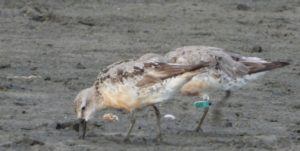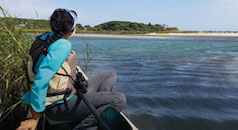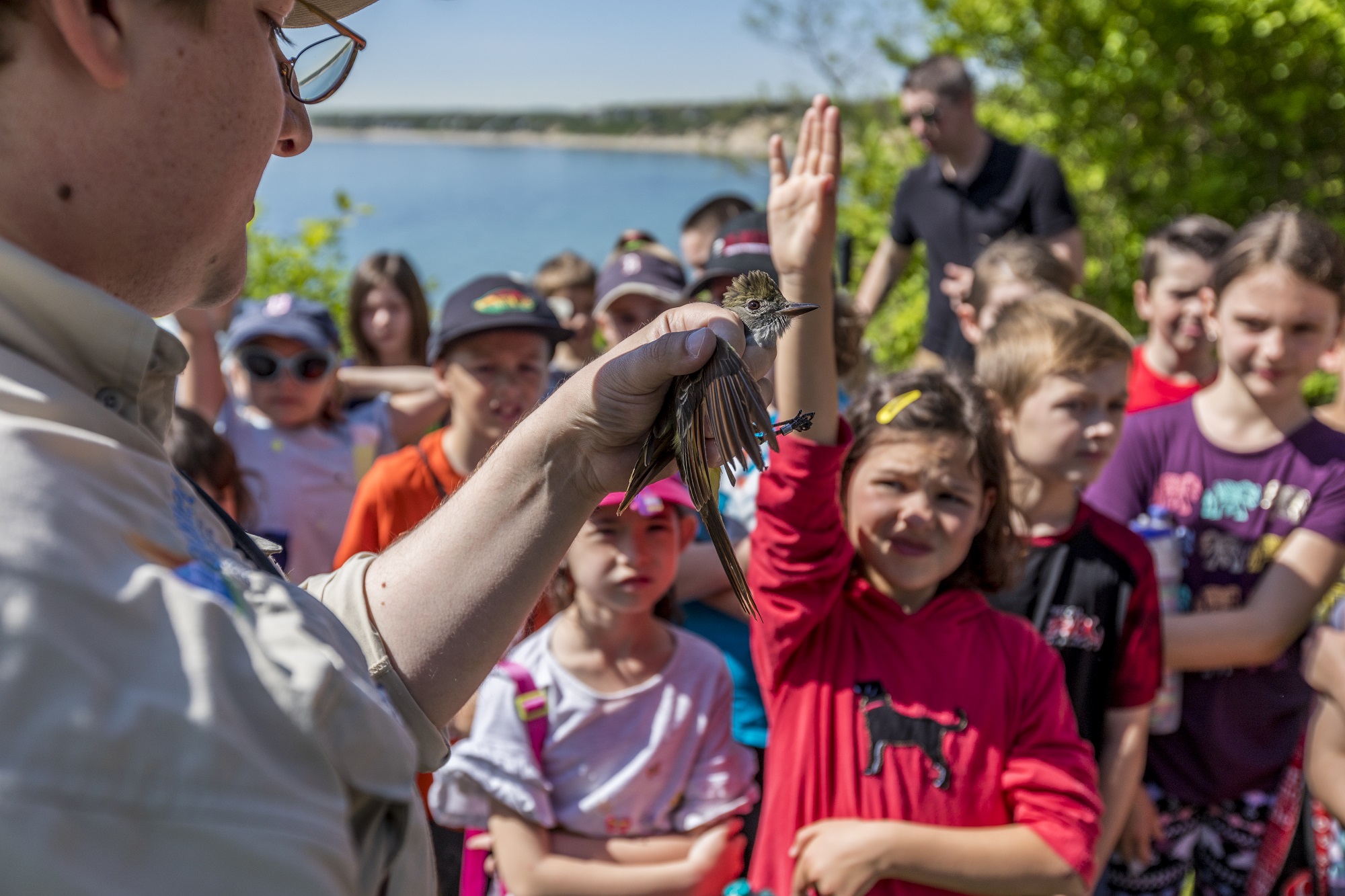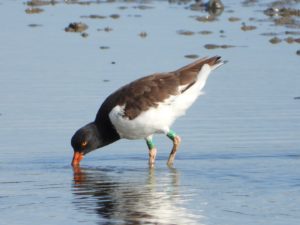As long-distance migrants, shorebirds connect the Arctic with Argentina’s Tierra del Fuego along the Pacific Flyway, and the east coast of the United States to the Pacific coast of Central and South America. On all of these routes, shorebirds face distinct threats that require a coordinated response by different stakeholders throughout the hemisphere who work together to connect conservation with sustainable development.
It is estimated that some 45% of the shorebirds that breed in the Arctic are in decline, with one of the principal factors being the loss or alteration of coastal wetlands. In Central America, the development of the shrimp-farming industry has severely altered the coastal wetlands. In the past twenty years, the shrimp farming industry has established itself and grown. In the Gulf of Fonseca alone (Honduras, El Salvador, and Nicaragua), the industry covers 50,144 hectares; the extensive natural salt flats that were once reservoirs for natural reproduction of native shrimp have been largely replaced by artificial ponds designed for controlled reproduction. As of March 31, 2020, this region exported 8.802 metric tons of shrimp, corresponding to more than 60 million dollars to the United Kingdom, Taiwan, the United States, Mexico, and other countries.
But how are shrimp farms connected with shorebirds?
Coastal areas are dynamic. Within this changing system, the birds have different requirements, including feeding sites during low tide (generally on intertidal mudflats) and roosting (resting) areas during high tide. When the tide comes in, the birds rest in the shrimp ponds with minimal water levels, on their shores, or the shrimp farms’ dikes. The recently harvested ponds also offer an opportunity for feeding, albeit brief.
Studies show that shrimp farms play host to an important biogeographical population of shorebirds, including species such as Wilson’s Plover, Whimbrel, Short-billed Dowitcher, Willet, and American Oystercatcher. During the migration period (from August to September), thousands of birds have been observed roosting on shrimp farm dikes after feeding themselves on mudflats.

Recent shorebird sightings help to illustrate this connection. In September 2020, a Red Knot (Calidris canutus) was reported at the Acuícola Real shrimp farm in Nicaragua. The bird’s green tag and code of 029 showed that it had been banded in 2009 at Massachusetts’ Monomoy National Wildlife Refuge. This individual has also been observed in 2014 at Little Piskwamish, Ontario, Canada, and in 2018 at Mispillion Harbor in Delaware. In September, birds like this Red Knot pass through the Gulf of Fonseca on their southbound migration. Stopover sites in the central part of Central America are vital for the birds’ survival during migration and also for their reproductive success as they require them to arrive successfully at their breeding grounds.





 Back to all
Back to all
 On another pond at this shrimp farm on that same September day, an American Oystercatcher (Haematopus palliatus) marked with a green C5J tag and banded in 2018 at Phillips Island, North Carolina, was also observed. To date, shorebird biologists have observed 28 banded American Oystercatchers resting on shrimp farm dikes during high tide. Among these was Red F3, which was banded in 2005 at Altamaha Sound, in Georgia, but we have also recorded birds arriving from Florida, New York, and many other spots along the east coast of the US.
On another pond at this shrimp farm on that same September day, an American Oystercatcher (Haematopus palliatus) marked with a green C5J tag and banded in 2018 at Phillips Island, North Carolina, was also observed. To date, shorebird biologists have observed 28 banded American Oystercatchers resting on shrimp farm dikes during high tide. Among these was Red F3, which was banded in 2005 at Altamaha Sound, in Georgia, but we have also recorded birds arriving from Florida, New York, and many other spots along the east coast of the US.
